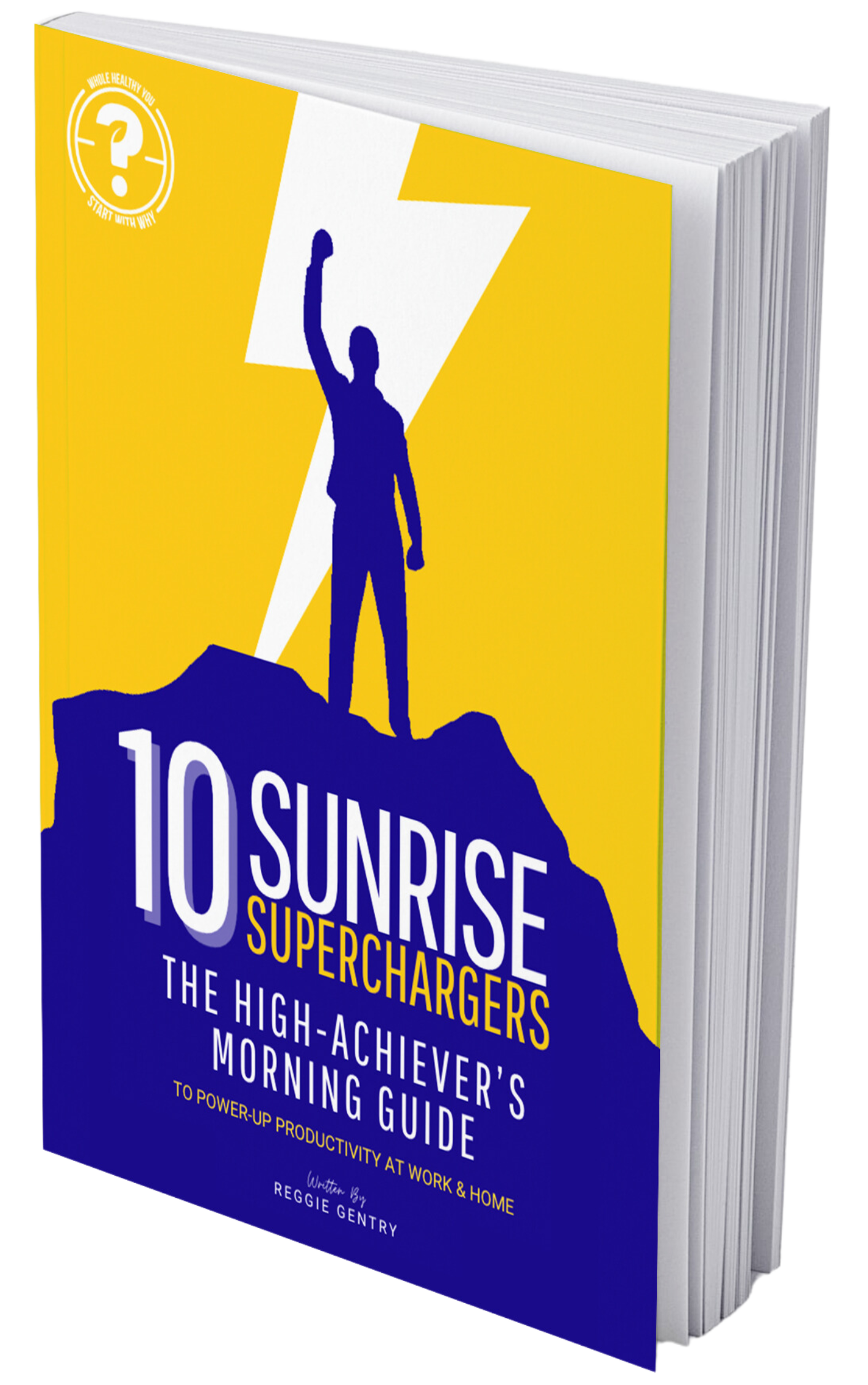
When we think of ways to improve our health through movement, we oftentimes focus on the most notable methods practiced in gyms, garages, and basements across the world. A few hours of banging plates or dumbbells will usually get the job done. An hour of spin class or a few laps on the treadmill before or after work will also do. But do we ever get the real results we need? And can we consistently commit what few tokens of energy left from work and home long enough to transform? I think you likely already know those answers.
What if what you’re truly after isn’t as complicated as the commercials or social media influencers lead you to believe? What if the needle to push towards better health needed less power and more finesse? Our ancestors engaged in a simple practice that somehow has lost its way as a viable option for many of us today seeking solutions to complaints that nag so many of us today. One I’d like to highlight in this quick short is walking after a meal.
Walking after a meal can offer various health benefits, and there is scientific evidence to support these advantages. Here are five benefits:
- Improved Digestion:
- Walking after a meal may enhance the digestive process by increasing the rate at which food moves through the stomach and intestines. This can help prevent indigestion and reduce symptoms like bloating and discomfort.
- Scientific studies, such as a 2018 study published in the journal “Sports Medicine,” suggest that post-meal walking can improve gastric emptying, facilitating more efficient digestion.
- Blood Sugar Regulation:
- Postprandial (after-meal) walking has been shown to help regulate blood sugar levels, particularly in individuals with type 2 diabetes or insulin resistance.
- A study published in the journal “Diabetes Care” in 2016 found that a short bout of post-meal walking significantly lowered postprandial glucose levels in older adults.
- Weight Management:
- Walking after meals may contribute to weight management by increasing the number of calories burned. This is especially relevant for individuals aiming to maintain or lose weight.
- According to research published in the “International Journal of Behavioral Nutrition and Physical Activity” in 2015, post-meal walking was associated with lower postprandial triglyceride levels and improved glycemic control in overweight/obese adults.
- Heart Health:
- Regular physical activity, including walking, is associated with cardiovascular benefits. Walking after meals can contribute to overall heart health by improving blood circulation and reducing cardiovascular risk factors.
- A study published in the journal “Hypertension” in 2016 found that post-meal walking was more effective at lowering blood pressure in older adults compared to continuous moderate-intensity exercise.
- Enhanced Mood and Well-Being:
- Physical activity, including walking, has well-documented positive effects on mental well-being. Taking a stroll after a meal can help reduce stress and improve mood.
- A review published in the “American Journal of Preventive Medicine” in 2017 highlighted the mood-enhancing effects of physical activity, emphasizing its role in preventing and treating mental health conditions.
It’s important to note that individual responses to post-meal walking may vary, and consulting with a healthcare professional or a fitness expert is advisable, especially for those with pre-existing health conditions. Try incorporating this at work and home beginning with strolls that last for 5-10 minutes. You don’t have to overexert yourself with a fast pace, nor do you have to do it alone. And as a bonus, you get to get out there and nature and absorb countless other benefits along the way. Who knows how much health you may gain with each little step.
About the author : Reggie
Latest Podcasts
- 12 minutes leg workout (no equipment)Reggie2019-11-28T21:57:46-05:00
12 minutes leg workout (no equipment)
- 15 minutes high intensity full bodyReggie2019-11-28T21:56:38-05:00
15 minutes high intensity full body








